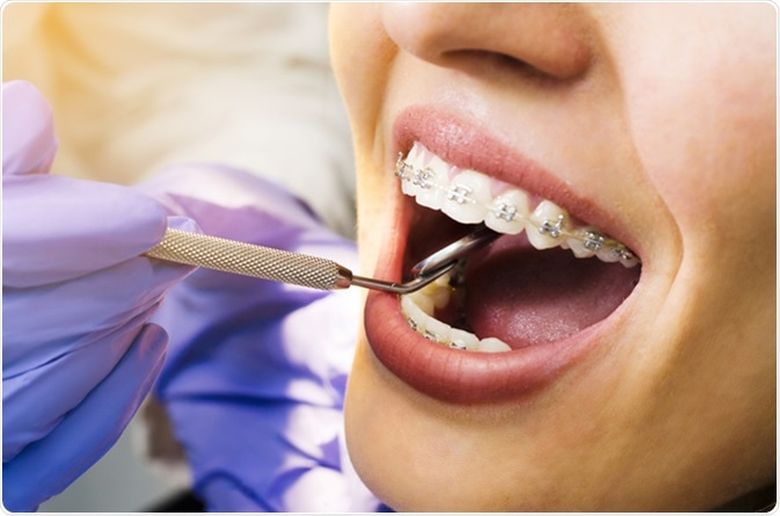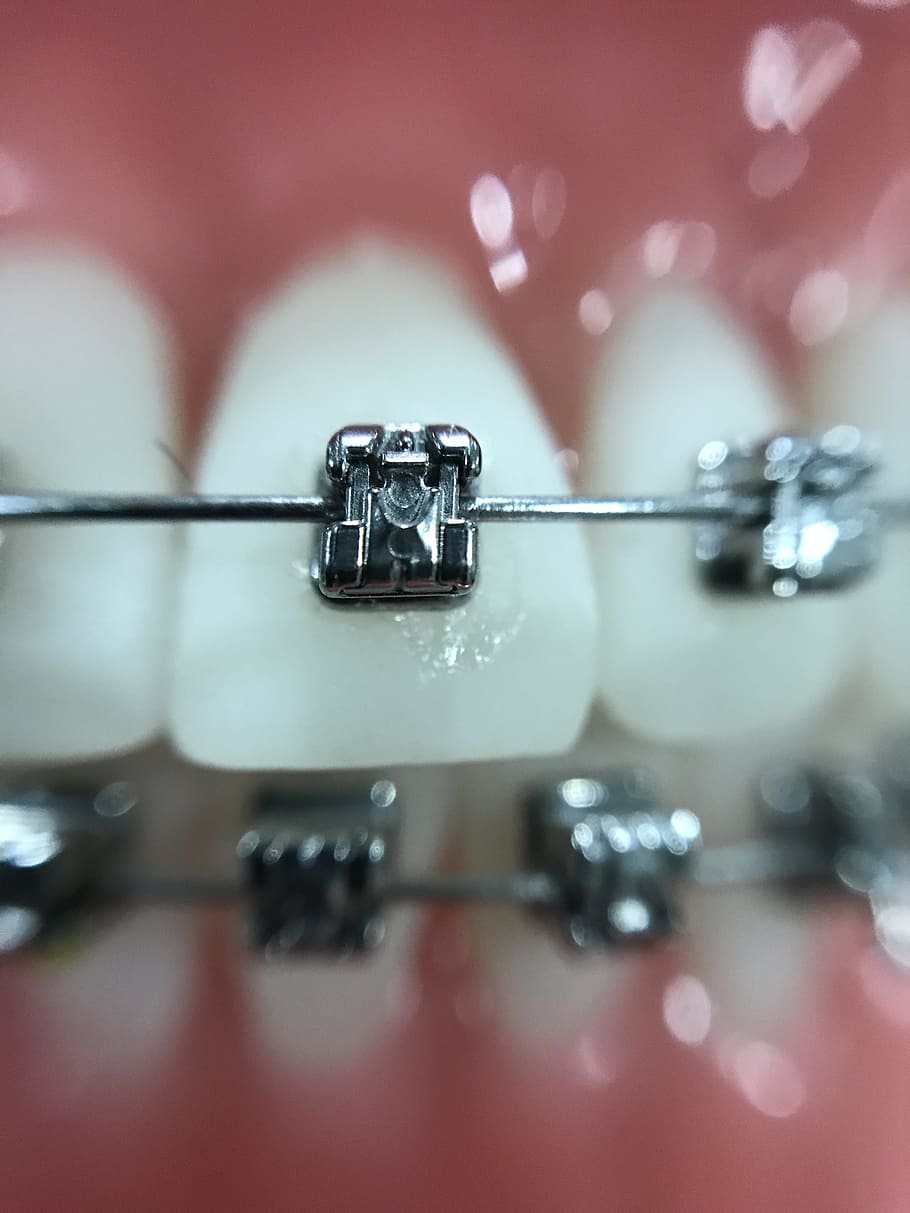Unless you’re fortunate, most people need braces at some point in their life. Everybody would like a perfectly beautiful smile. By getting braces, you can fix more significant problems that could affect you later in life, such as jaw alignment. However, this poses the question of how do braces work?
In a nutshell, braces apply pressure to your teeth to encourage them to move into the correct position inside the mouth. Each tooth has a name, and you can see these names found on charts displayed in your dentist’s and orthodontist’s office. With that said, let’s dive into the process of getting braces.
Consultation

source:pxfuel.com
First, you will talk to your orthodontist, who specializes in the structure of your mouth to get your teeth to move to correct your jaw and straighten your teeth. For instance, most people have a small or large jaw misalignment. Your orthodontist also ensures your mouth is healthy before you get your braces on. In other words, you have to make sure you don’t have cavities or mouth infections before getting braces on.
Timeline of When You Get Braces on?

source:pxfuel.com
A person in their early teens is when they typically get braces. However, today, adults frequently get braces as well. Your orthodontist can decide to apply or adjust your braces in phases; each situation is individualized. Why do some people need braces? For some people, it can be their DNA. If bad teeth are part of your family history, you might have crooked teeth as well. If you sucked your thumb too much as a baby, it can affect how your baby teeth grow in. So, if you do need braces, remember it’s not your fault.
The Process of Braces

source:news-medical.net
Before your braces are applied, you may need additional treatments first. For example, before you get braces, you may need to get an expander. There are two different kinds of expanders: an upper and lower jaw. What does an expander do? An expander stretches the bone and cartilage in your mouth before your teeth stop changing. Ideally, you want braces on before you turn 14. An expander prevents teeth from crowding and prepares your mouth to make space for when you do get braces on. Metal brackets are then put on the molars in the back of your mouth. The expander has expansion screws, will stretch from ring to ring across the mouth.
As the screws are cranked, it will push on those back molars and stretch the soft cartilage of the palate over several weeks. It’s natural for patients to get a gap in their front teeth throughout this process, and that’s a good thing. This means the expander is working. However, this process can be painful, so make sure to have ibuprofen on hand and some cold treats such as popsicles.
Most people will feel pain on their back molars and feel some discomfort in their teeth like behind their nose, eyes, or temples. However, this tenderness will go away at some point.
Once your mouth is spaced out from the expander or any other equipment you may need, the day will arrive that you can get your braces put on. At this point, your orthodontist will clean and polish your teeth, so the metal brackets can stick to your teeth. Braces seem simple at first, but they’re made up of a few different parts that all work together. These different parts include:
- Bonded material
- Brackets
- Archwire
- Ligature elastics
- Spacers
- Orthodontic bands
The body material helps each bracket stick to each tooth. Then, the archwire slides in-between each individual metal bracket. This process connects each brackets and allows them to pull your teeth together. If you needed an expander, your teeth are most likely more spaced out than when you started. Therefore, something must pull those teeth back together into the desired position.
You will be able to identify the ligature elastics because you will be able to pick the color. These bright orthodontic elastic bands connect the brackets to the archwire. They do a lot of work when it comes to straightening your teeth. Therefore, they are changed continuously and tightened every time you visit the orthodontist.
Orthodontic Bands

source:pxfuel.com
Not everyone will need to get orthodontic bands, but if you do, they’re used to connect one bracket or brackets to another to pull individual teeth into alignment. For example, if you need one of your teeth pulled in a specific direction. An orthodontic may decide a band be hooked onto another bracket of a different tooth. Then, that band will be stretched down to and hooked on the bracket of a bottom tooth, and it will serve as an anchor. These bands you typically change yourself, between meals. Your orthodontist or one of their assistants will explain each part of their process for you and may have you practice in the office to ensure you successfully know how to do it.
So how do Braces Straighten Your Teeth?

source:pxfuel.com
Braces apply consistent pressure. The majority of this pressure comes from the wire and ligature elastics. Then, the brackets hold it all in place during and after the teeth have moved. The wire that connects your bracket plays a significant role in moving your teeth. The wire doesn’t typically like to bend, but the heat from your mouth makes the wire more flexible. The wire will still want to stay straight, but it will be flexible enough to bend to your mouth shape.
If your situation is more complex, then the orthodontic bands come in. These orthodontic bands will apply additional pressure and will provide extra help in moving more stubborn teeth.
It’s important to remember that your teeth are bone, and you’re only seeing the tips of them. The rest of your teeth are within your gums and are consisted of soft tissue that allow your teeth to move. The majority of the time, your braces are doing work that is being done under your gums. The pain you feel on your teeth is also being applied to the periodontal membrane. One side of this membrane is softer than others, allowing the teeth to move. The other side pushes back somewhat under pressure, creating a perfectly balanced push-pull down action that helps your teeth to move safely and effectively.
In Conclusion
All of this may seem overwhelming since that is a lot of stuff in your mouth. However, braces aren’t considered a comfortable experience and require a lot of tolerance and patience. Therefore, it’s important to remember the numerous benefits of your braces. The more hard work you put into your mouth, and the more you follow your orthodontist’s directions, the better your smile will be. Getting braces on is a brief journey, and in the end, you will have the smile you’ve been waiting for. For more information, visit themodernsmile.com today!

